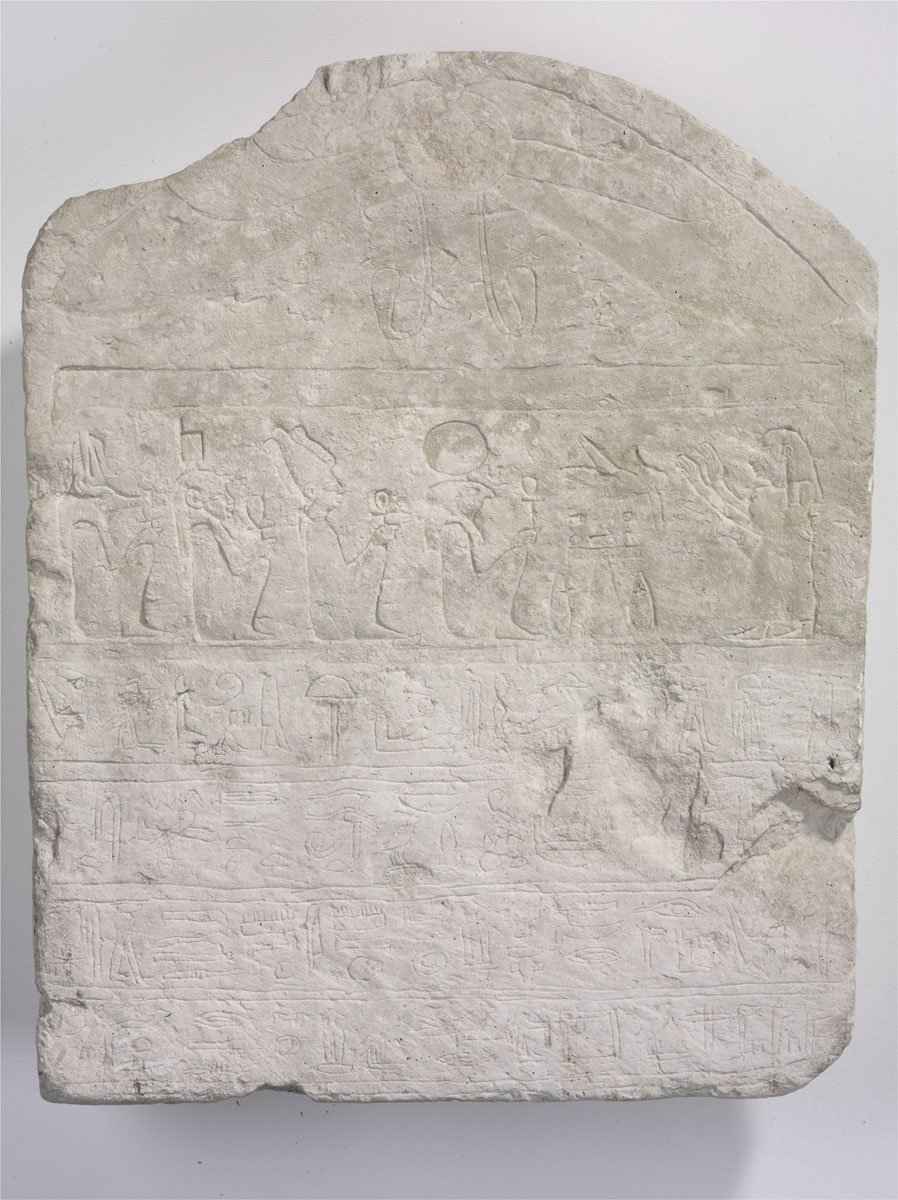
Funerary Stela of Nebet-wedjat
Egyptian Art
| Place of production | Egypt |
|---|---|
| Date | 1336–1327 B.C. |
| Object type | jewellery |
| Medium, technique | Egyptian faience |
| Dimensions | height x width x diameter: 2 x 1.1 x 1.6 cm |
| Inventory number | 51.2501 |
| Collection | Egyptian Art |
| On view | Museum of Fine Arts, Basement Floor, Ancient Egypt, Temples and gods |
The oval bezel of this faience ring shows a line of slightly blurred sunken hieroglyphs running from right to left. The first group of signs is an epithet preceding the name of the king which means “the perfect god” and which is followed by the throne name of Tutankhamun (Nebkheperure). The faience ring type appeared as a result of technical innovations introduced in the New Kingdom. Its formal precedent was the solid metal signet ring with an oval bezel, however, the two types have different uses: the fragile faience rings were not suitable for stamping thus they might have been used mainly as an apotropaic (protective) amulet. The ruler’s name on the ring bestowed its owner with the protection of the sacral power of the prevailing pharaoh. Faience rings first became popular under Amenhotep III and reached their peak soon afterwards in the Amarna Period. This ring type with the throne name of Tutankhamun has been found in greater numbers than those with his birth name and were discovered in Tell el-Amarna, as well as near Memphis and in the tomb of Tutankhamun in the Valley of the Kings.
This record is subject to revision due to ongoing research.